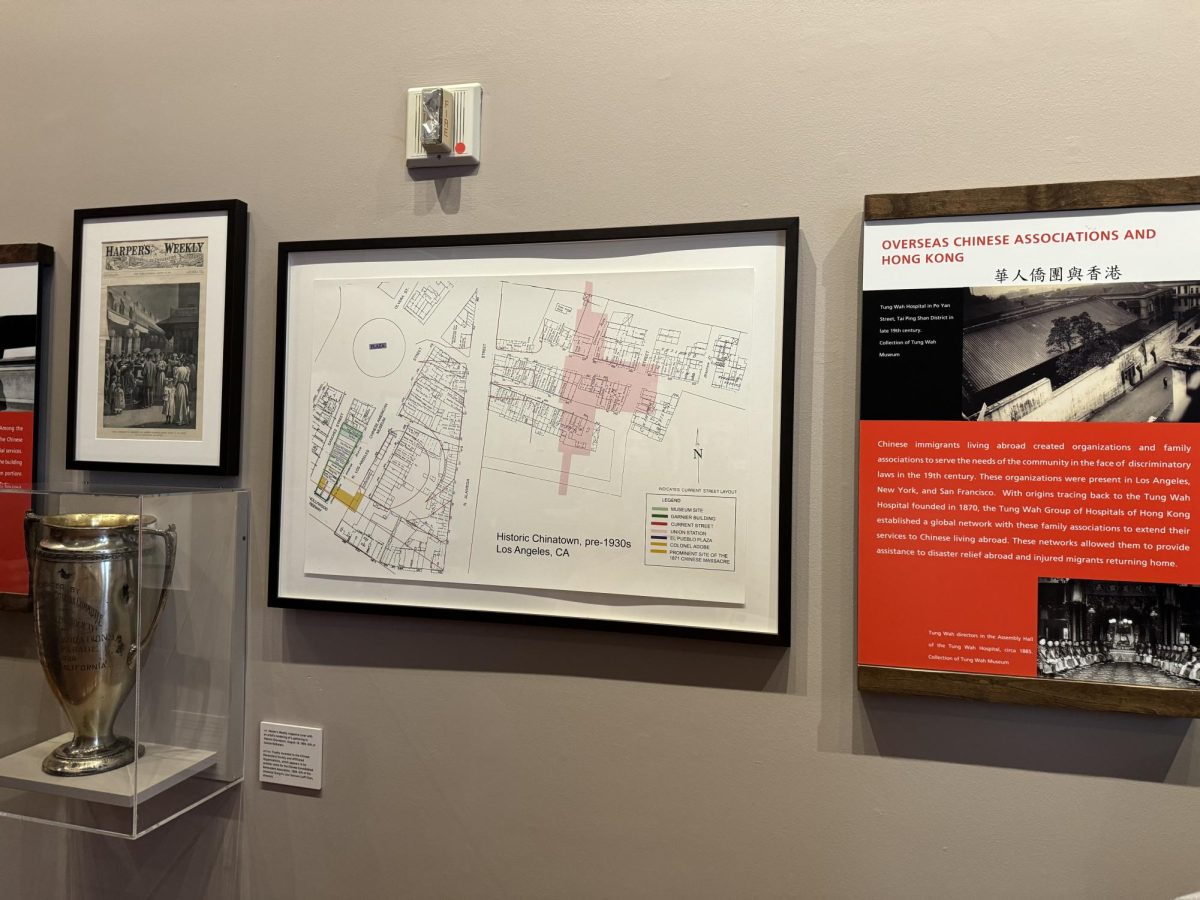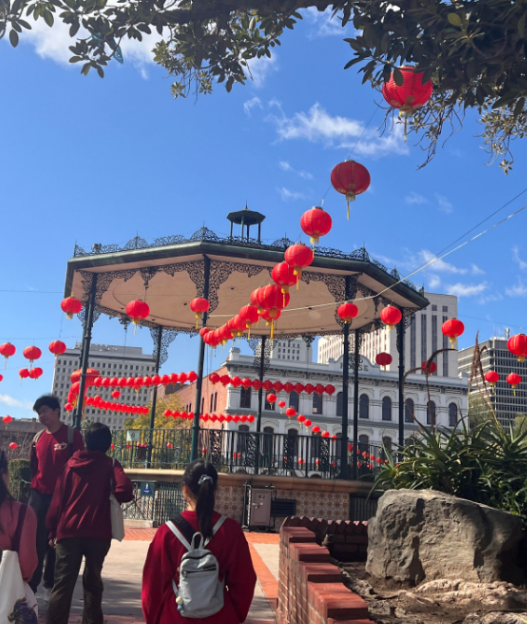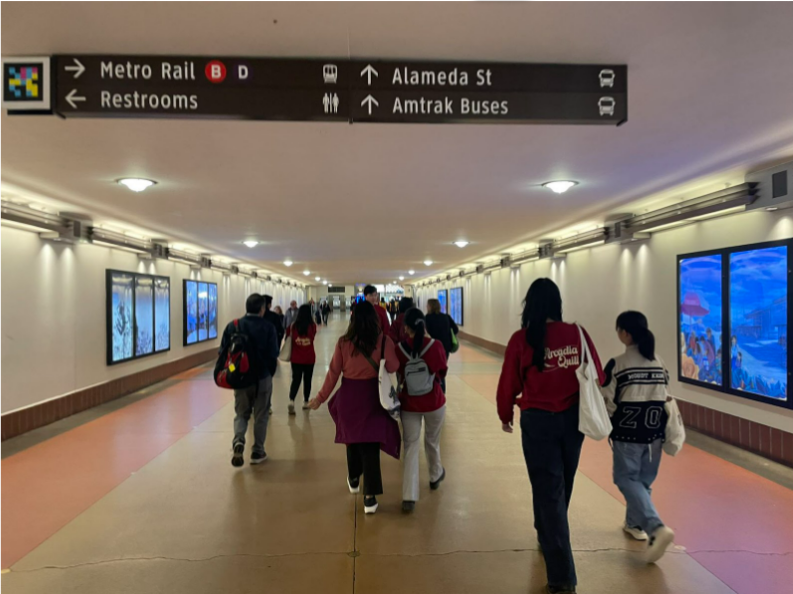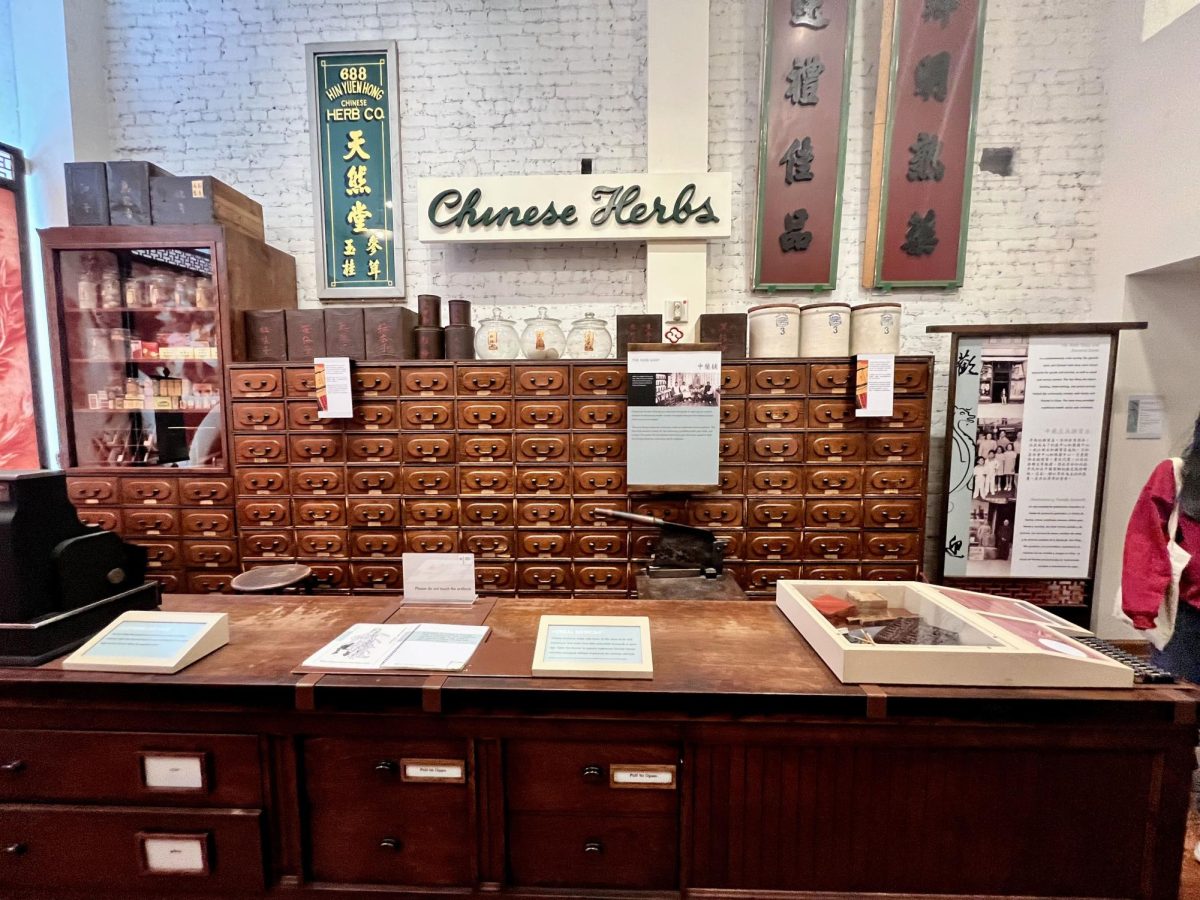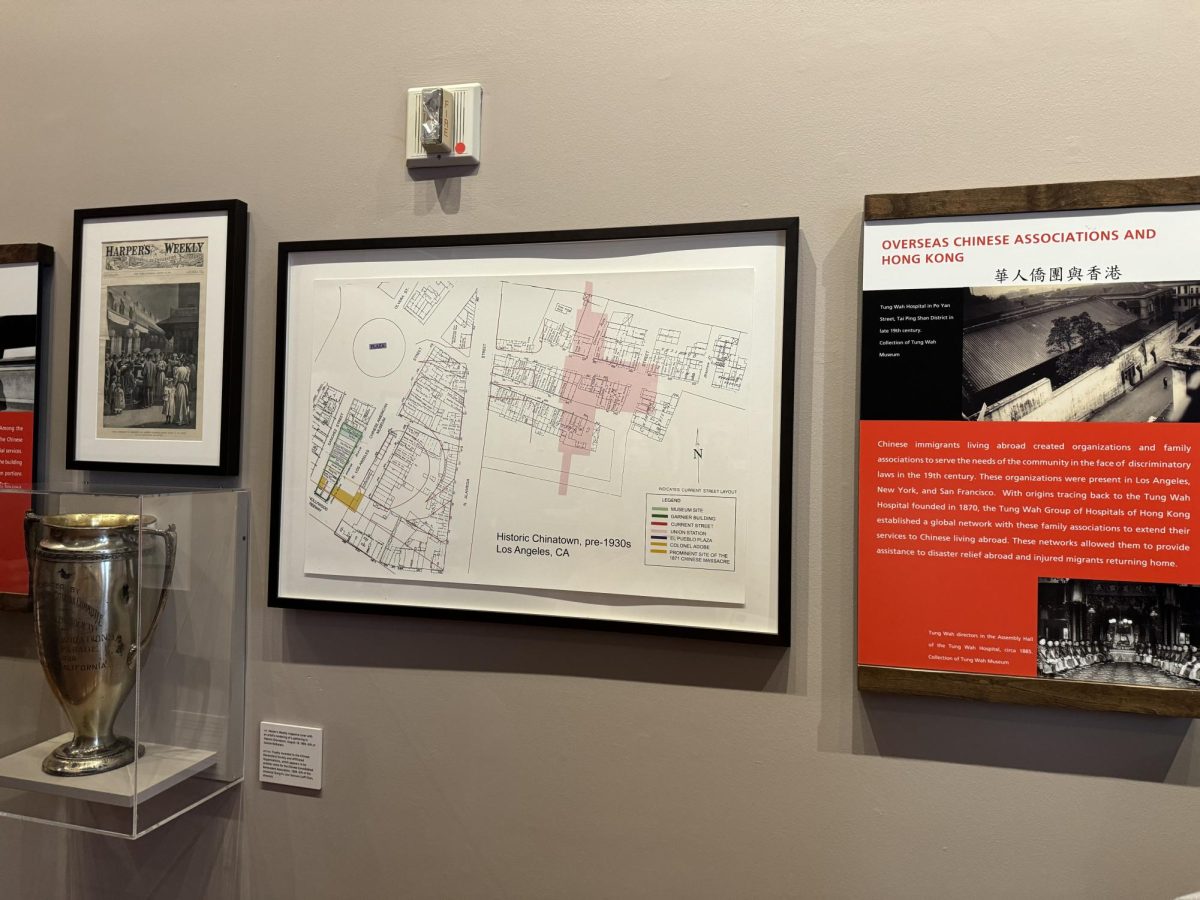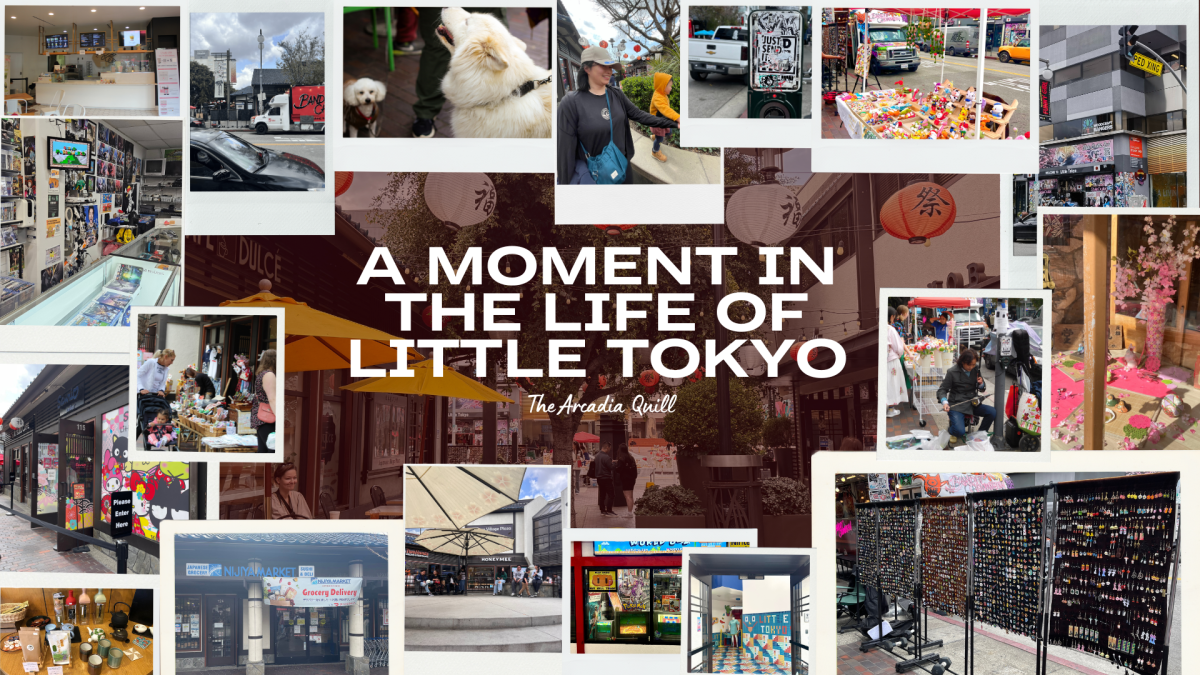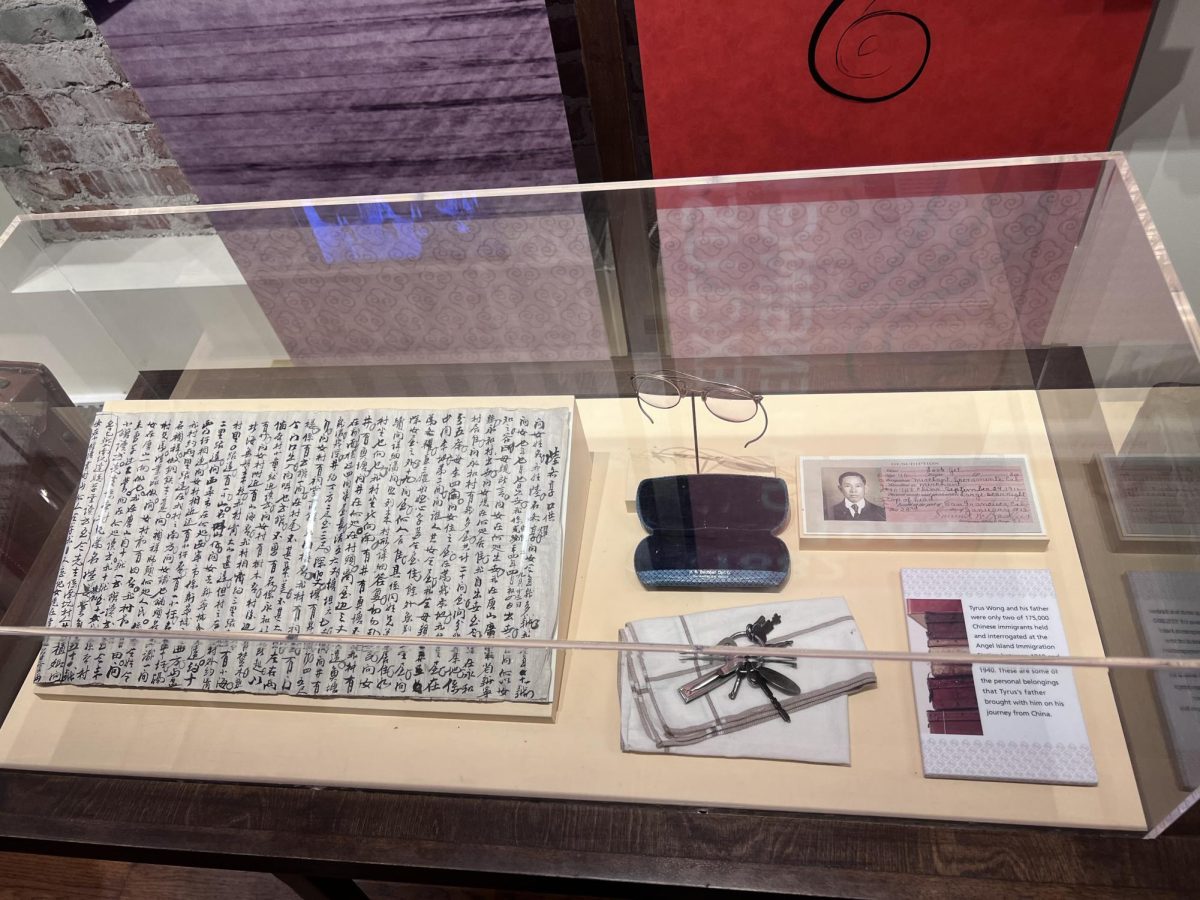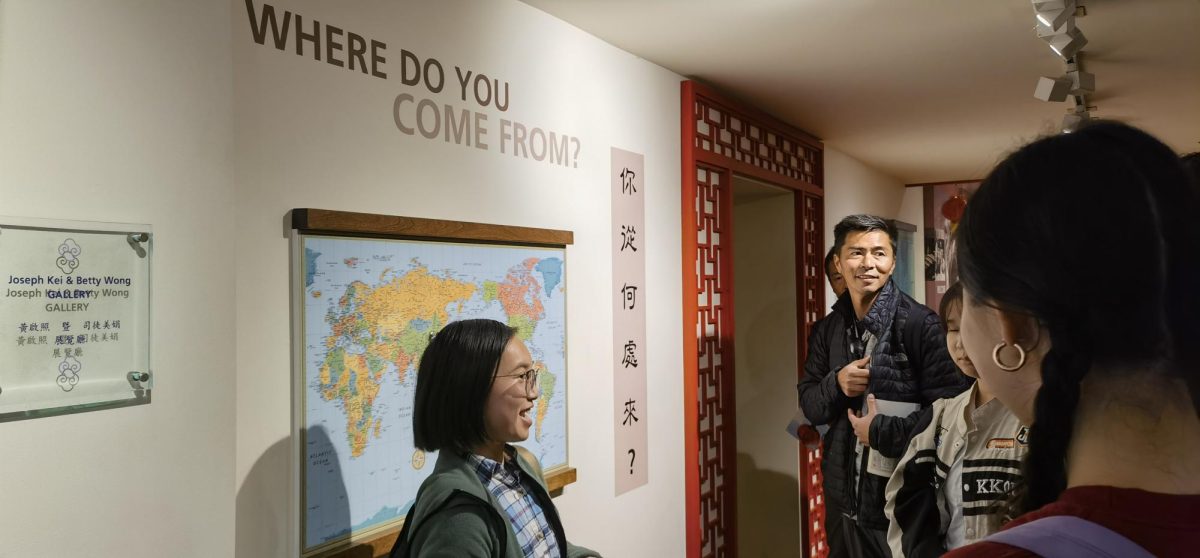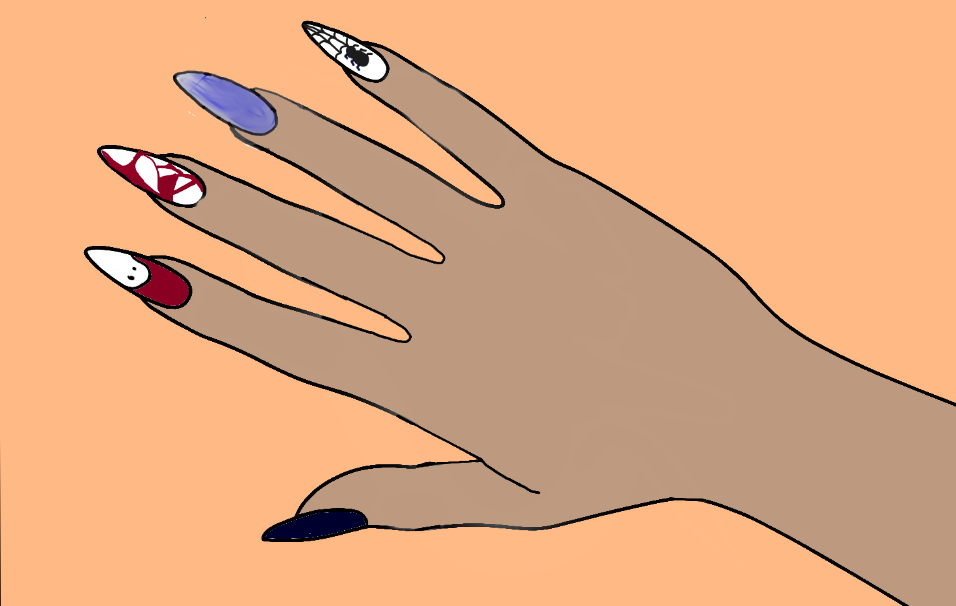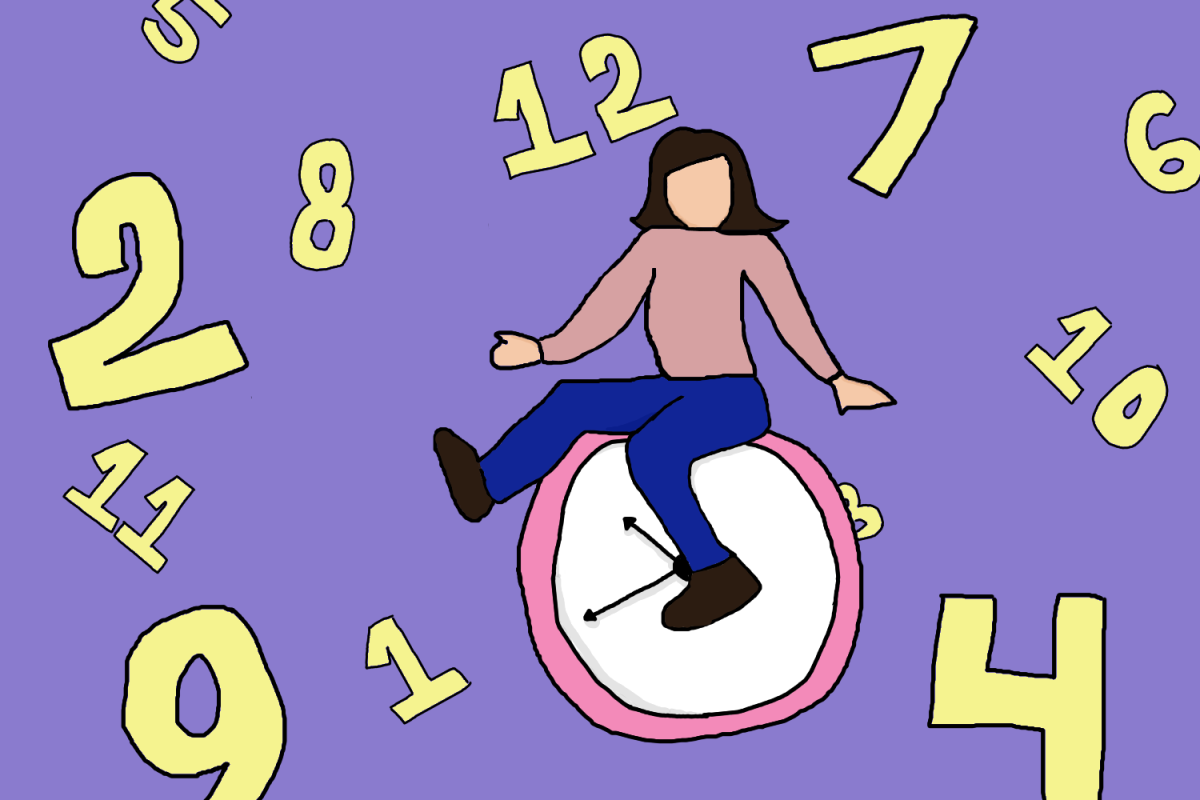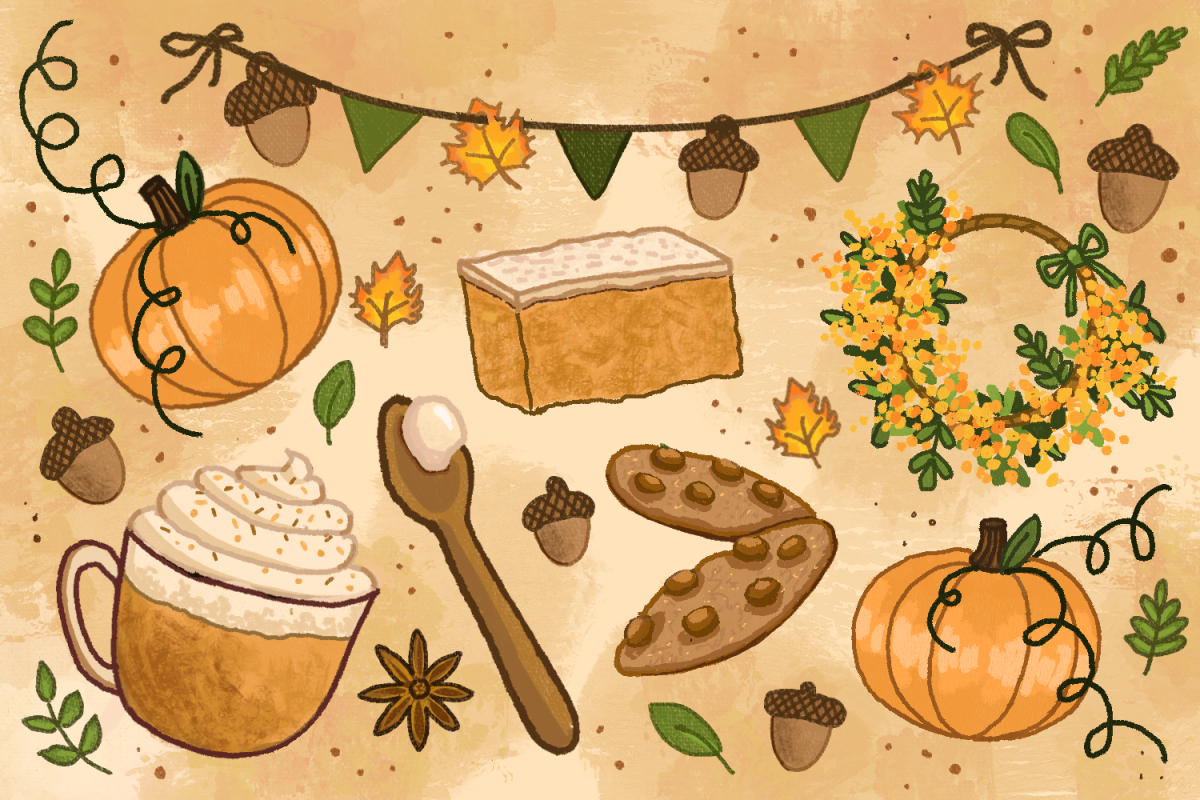Growing up as a first-generation Asian American, I was exposed to a variety of cultures and lifestyles. While my personal experiences weren’t always so exuberant, I never thought about how much harder it would have been for Asian Americans multiple decades ago when society wasn’t as accepting of immigrants. Fortunately, in our time and day, there are places such as the Chinese American Museum that highlight the triumphs, struggles, and momentous symbols of early Chinese American culture.
Upon entering the museum, we were greeted by a gallery of Chinese American immigrants in the 20th century, alongside a “Where Do You Call Home?” message engraved in bold letters and inscribed onto the wall next to a U.S. and China map. Our tour guides introduced us to a warm-up activity where a few students pinpointed where they and their parents came from. I found it very fascinating to learn about some of my peers’ cultural background.
A few moments later, we entered a room with an old-fashioned Chinese general store. Wooden cabinets containing all sorts of herbs covered the walls from top to bottom, alongside infographics providing information about the history of traditional Chinese medicine. There were also interactive models of tools used in these shops, such as the abacus, which helped with making mathematical calculations.
Moving upstairs, the gallery shifted gears to an era where Chinese Americans were trying to assimilate into American society in a time when Asian Americans were still considered outsiders. In the early 1900s, Chinese restaurant owners started using advertisements that catered to a Western audience.This meant sacrificing their own integrity by including stereotypical photographics and imagery in their advertisements in order for their business to get recognized by the public.
On a brighter note, in that same gallery, was an arrangement of popular toys and games played during the early 1900s on display. These products included pinwheel-colored fans to keep people cool during harsh summers, along with “Wah Chuck,” a vintage card game set popularized in the 1920s.
Notably, the Chinese American Museum made an effort to include present-day accomplishments in society that will one day be marked as history for future generations to come. This included a display room for Lily Lee Chen and Judy Chu. In 1983, Chen became the first Chinese American woman mayor in the United States, and she helped develop a compromise regarding commercial signage. A few years later, Chu joined the city council to fight against the English-only movement in Monterey Park and became mayor in 1990. In 2009, she was elected to Congress, becoming the first Chinese American woman to hold office.
All in all, this trip to the Chinese American Museum was a captivating experience and a great way to learn about the history of the early Chinese Americans. If you’re ever passing by the historic area of downtown Los Angeles, don’t be afraid to stop by this free admission museum!
Photo by Lucia Lim



